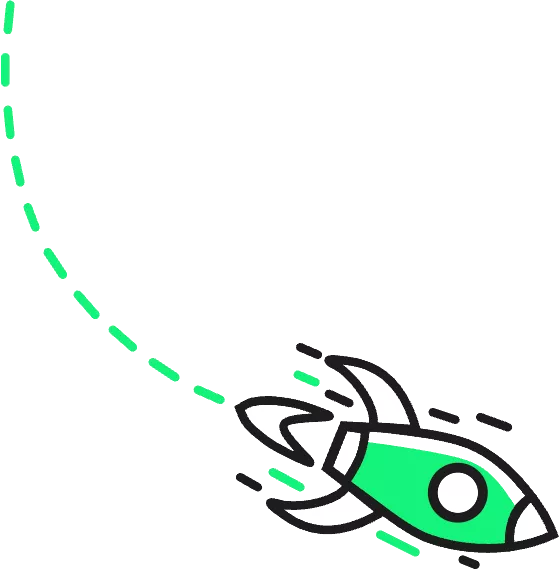ELECTRONIC DATA INTERCHANGE MADE EASY.
Lobster_data is a multifunctional software solution brought to you by the Lobster Group. As an all-rounder, it replaces multiple complex tools and makes light work of electronic data interchange (EDI). As a communications hub, it converts data exchanged with customers, partners and service providers into all manner of formats. As an interface between online platforms and ERP systems, it streamlines availability checks for hundreds of thousands of items. As a central platform, it supplies e.g. logistics providers, subsidiaries and subsystems such as CRM solutions, webshops or service portals with data – processing over ten million transactions every month. And as a conventional EDI tool, it ensures seamless communication with customers and suppliers by converting ERP data formats such as VDA, EDIFACT or ANSI X12 (and vice versa). But the best part: Lobster_data can handle almost all file formats. “This offers significant added value, particularly in the logistics sector, where professionals have to juggle lots of different customers – each with their own set of formats,” stresses Maximilian Oswald, Lobster’s Head of Internal Sales.
COMPLETE FLEXIBILITY WITH LOBSTER_DATA.
While EAI (Enterprise Application Integration) deals with in-house IT communications, EDI focusses on the data exchanged between different companies. But no matter which of the two concepts you’re working with, it should be the IT systems themselves that communicate directly with one another. People should only be getting involved to monitor these processes. But there’s a catch. The IT architecture of one company alone can already span multiple (legacy) systems from various different software providers. In fact, it might even include custom solutions developed by in-house IT teams. And to make matters worse, these one-of-a-kind programs might only run on in-house formats that no other company has ever seen or heard of. The result? Highly heterogeneous combinations that naturally convolute exponentially the more companies collaborate. Even international data formats, developed as standards by expert committees of large organisations such as the UN, couldn’t get a handle on things. So the challenge lies in taming the breadth of available communication options in such a way that allows for truly automated data exchange between partners. The logical solution would be to introduce a data hub translating for all manner of formats and systems – such as Lobster_data. In EDI, standards don’t stop at EDIFACT, they extend to Fortras or BMEcat, while common in-house files include CSV and fixed records. But when companies work with Lobster_data, they are able to translate all manner of formats – yes, even the one-off in-house ones – into messages that can be sent to partners via any desired channel. Once received by the partner, the standardised data can then be translated into the respective in-house format, before input into the systems. “Ultimately, Lobster_data+ allows our customers to process all manner of data. In a myriad of ways,” summarises Maximilian Oswald.
CONVERTER. HUB. MIDDLEWARE.
But EDI isn’t limited to transferring data (mail, FTP, web service, AS2, etc). It also spans data conversion, data enrichment, data reconciliation as well as data input and output. Lobster_data does it all and offers transparent monitoring and comprehensive tools for reacting efficiently and effectively should errors arise. Lobster_data is also incredibly user-friendly and requires no prior programming knowledge thanks to its innovative no-code technology.
As a central data communication hub, Lobster_data acts as a solution to all requirements, connections, remote data transfers and forms of communication between ERP and CMS, databases and web platforms. In other words: to limit Lobster_data to the role of a conventional converter would do it a disservice. It’s more of a middleware, working as a go-between for IT systems such as ERP, PPS, PIM, FA, CRM solutions, web shops and customers, suppliers, service providers, public authorities or banks. In short: it doesn’t matter what data is exchanged with what systems. What’s more, when working in Lobster_data, data sources and targets are connected by drag-and-drop. Values from incoming data are simply dragged into the desired target structure – that’s IT.
THOUSANDS OF TEMPLATES IN LOBSTER_DATA.
For mapping purposes, the structure, field definitions, etc. of all data – whether standardised like EDIFACT, VDA, Fortras, PRICAT, or individual such as XML, MS Excel or CSV – can be changed as desired. But it doesn’t stop there. Lobster_data also gives users the option of easily splitting, converting and outputting large volumes of data based on customisable rules. Unlike many other software solutions, Lobster_data bases its mapping on the target structure, which avoids creating countless unnecessary variables. That’s why Lobster_data’s standard package alone contains around 13,000 templates for interfaces to ERP systems and all key industry standards. Putting the ‘EDI’ in incrEDIble.
Learn more about EDI in Lobster’s free THE COMPACT GUIDE TO EDI e-book.













